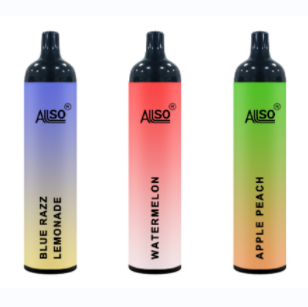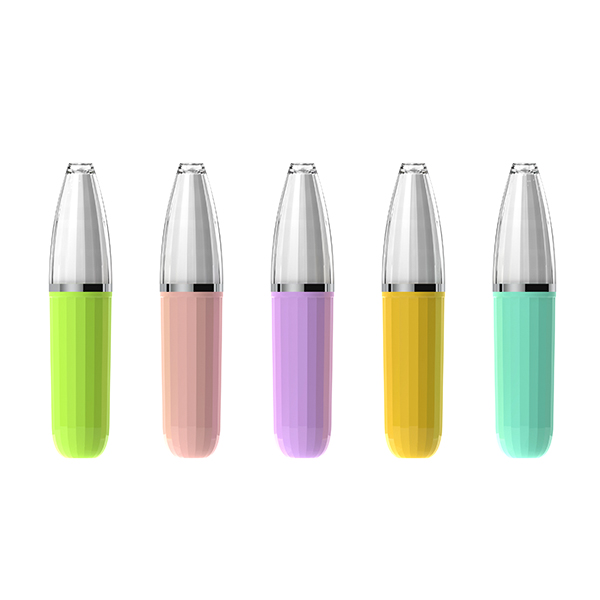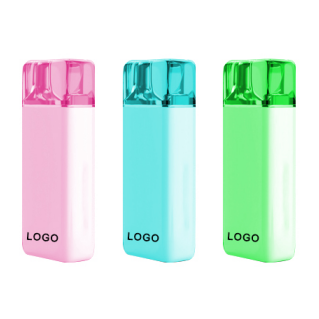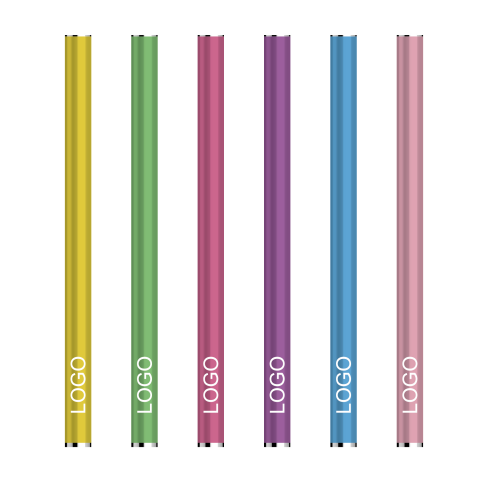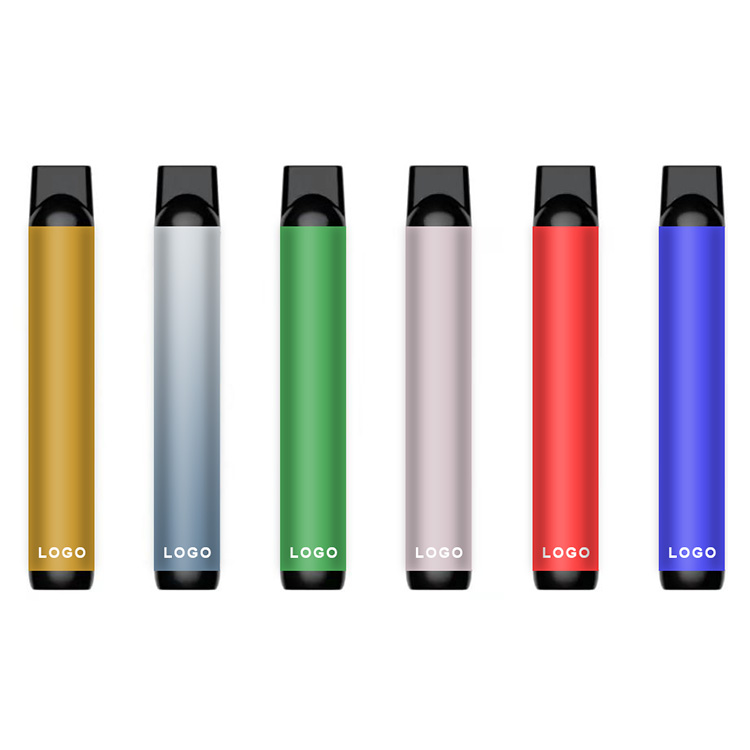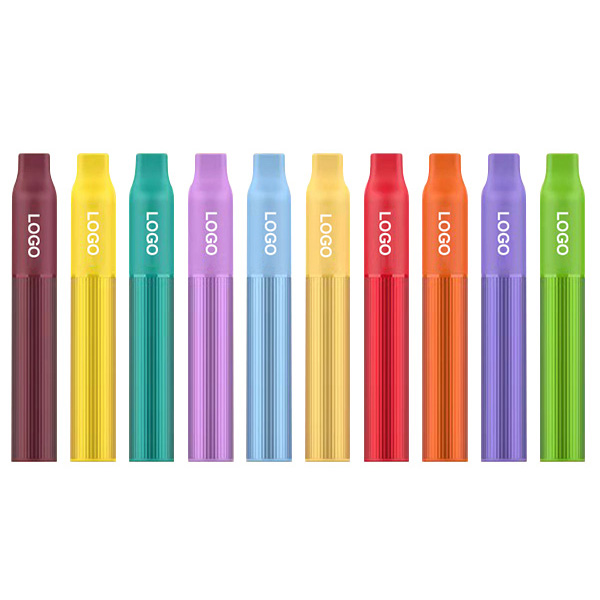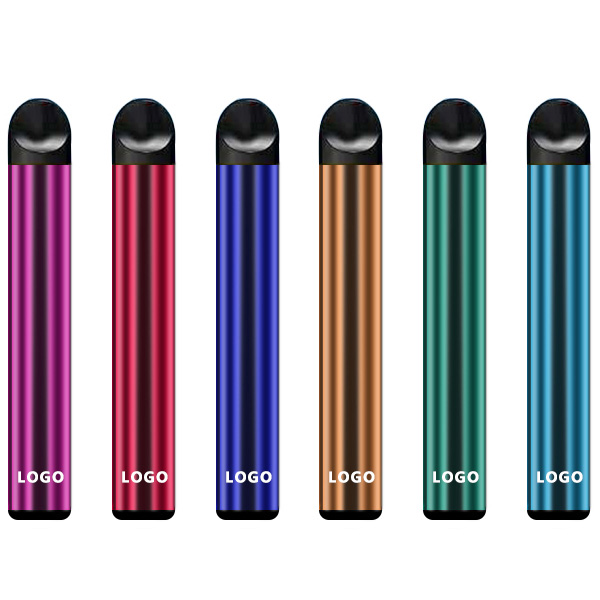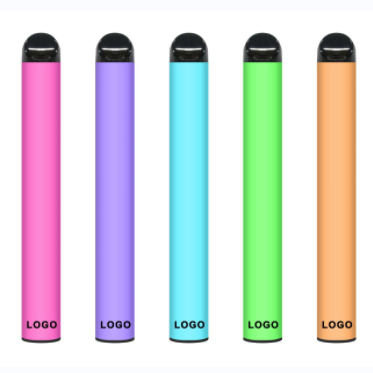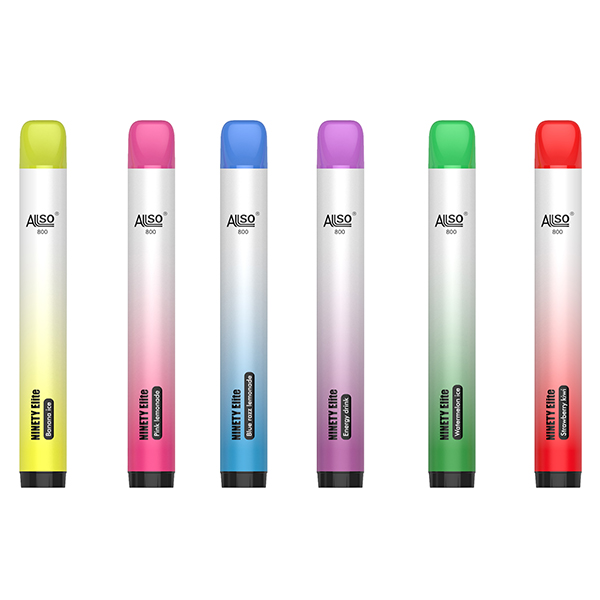- Español
- Português
- русский
- Français
- 日本語
- Deutsch
- tiếng Việt
- Italiano
- Nederlands
- ภาษาไทย
- Polski
- 한국어
- Svenska
- magyar
- Malay
- বাংলা ভাষার
- Dansk
- Suomi
- हिन्दी
- Pilipino
- Türkçe
- Gaeilge
- العربية
- Indonesia
- Norsk
- تمل
- český
- ελληνικά
- український
- Javanese
- فارسی
- தமிழ்
- తెలుగు
- नेपाली
- Burmese
- български
- ລາວ
- Latine
- Қазақша
- Euskal
- Azərbaycan
- Slovenský jazyk
- Македонски
- Lietuvos
- Eesti Keel
- Română
- Slovenski
- मराठी
- Srpski језик
Products
TPD Slim Disposable Vape Pen 350mah Battery
We provide OEM&ODM services for manufacturing TPD slim disposable vape pen 350mah battery for EU market. Our company can assist the clients apply for TPD certificate if they sell in European electronic cigarette market. TPD requires the vape device only contain a maximum of 2ml e-liquid;Must have an ECID and be registered on the MHRA website; Come with a warning label stating that:This product contains nicotine which is a highly addictive substance.
Model:AK59
Send Inquiry
Product Description
Product Parameter (Specification) of TPD Slim Disposable Vape Pen 350mah Battery
| Item No. | AP59 |
| Puffs | 500 puffs |
| Battery capacity | 350 mAh |
| E-liquid capacity | 2 ml |
| Product Size | Φ9*140mm |
| Coil Resistance | 1.6 Ω |
Feature of TPD Slim Disposable Vape Pen 350mah Battery
1. The color and the flavor can be customized.
2. Nicotine strength of this disposable vape pen can be 0mg, 20mg,50mg.
3. Appearance of the product :Rubber oil painting.
4. Can customize the package as per client's requirement.
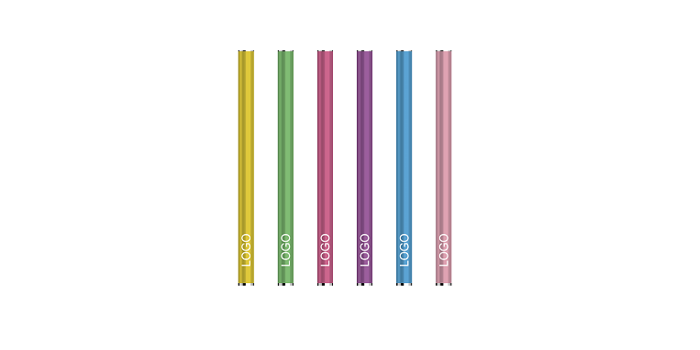
Q&A:
1. How do vaping devices work?
Most e-cigarettes consist of four different components, including:
Ø a cartridge or reservoir or pod, which holds a liquid solution (e-liquid or e-juice) containing varying amounts of nicotine, flavorings, and other chemicals
Ø a heating element (atomizer)
Ø a power source (usually a battery)
Ø a mouthpiece that the person uses to inhale
In many e-cigarettes, puffing activates the battery-powered heating device, which vaporizes the liquid in the cartridge. The person then inhales the resulting aerosol or vapor (called vaping).
2. Why does a Lithium Battery Require a UN 38.3 Test?
There is a risk that a poorly-designed, or poorly-manufactured battery could develop a fault causing it to catch on fire. That's a problem!
In order to ensure that the batteries we ship cannot break down and cause a fire, we need to rigorously test the design and quality of our battery to ensure they are designed and manufactured correctly so that this cannot happen. Luckily for us, the experts over at the United Nations Transport committee have extensively researched and developed a test to check just that!
It isn't just for Lithium Batteries that they have developed tests, for decades they have been developing tests for Dangerous Goods for a whole range of uses, and these are all codified into the UNECE Reccomendations on the Transport of Dangerous Goods Manual of Tests and Criteria (currently Revision Number 7) and to help us out, the manual itself is available online.So, for a number of reasons, the test was added to the Manual of Tests and Criteria in Section 38.3 (starting on page 428). This is why the test was creatively named 'The UN38.3 Test'.


